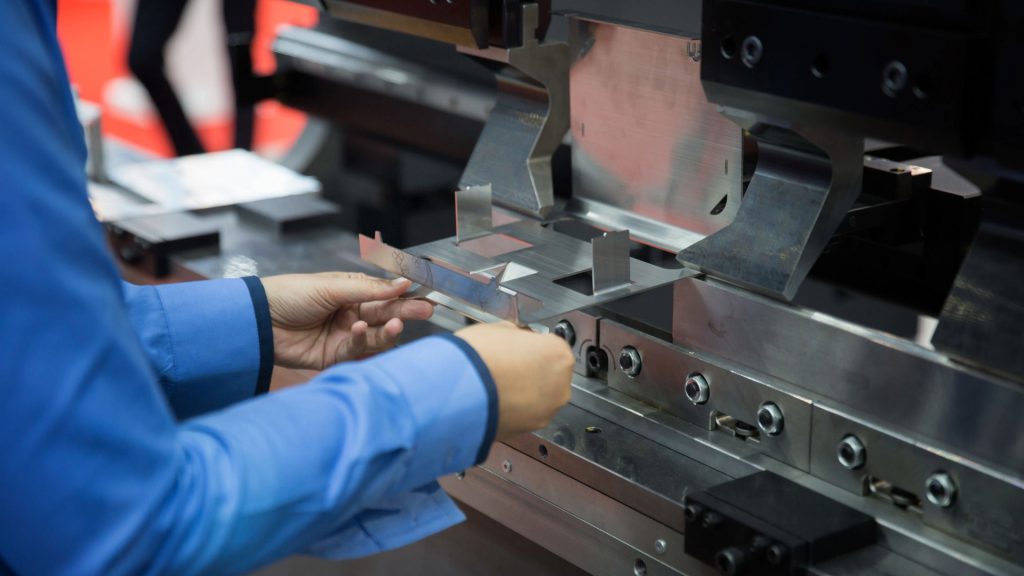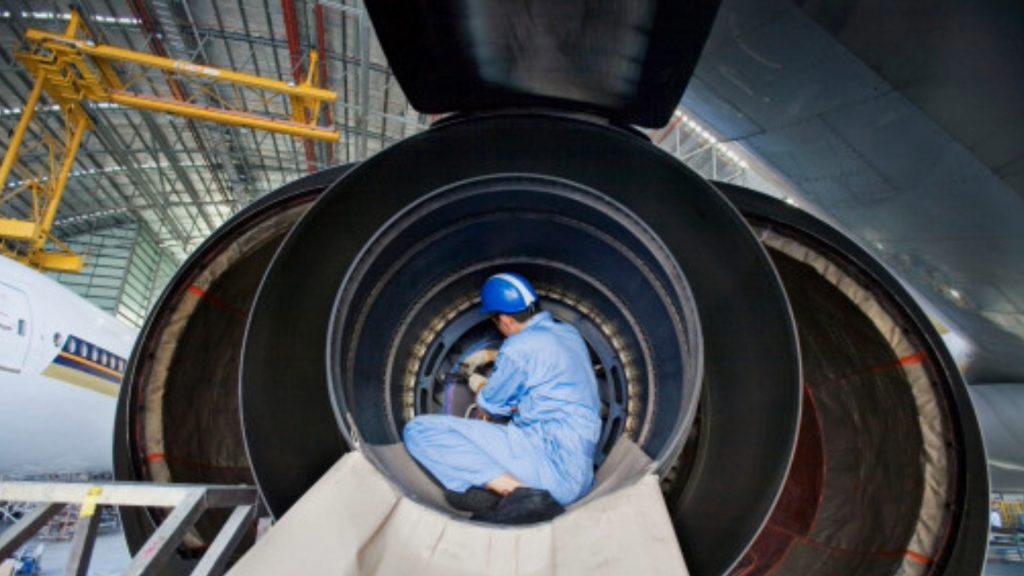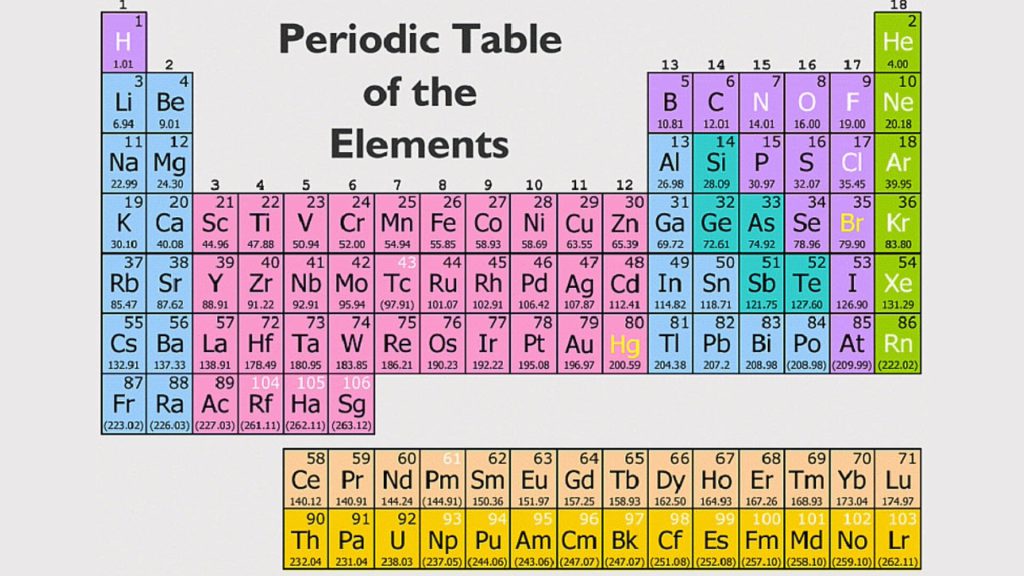In a groundbreaking discovery, scientists have developed a metal alloy that challenges the conventional wisdom of material science. This extraordinary alloy showcases unmatched strength and toughness across an astounding range of temperatures, from the frigid depths of liquid nitrogen to the scorching heat of 1200°C. Prepare to be amazed by the incredible properties of this game-changing material.
⏩
Scientists Forge an ‘Impossible’ Material
Researchers in the U.S. have achieved what was once thought to be nearly impossible: creating a metal alloy that combines super strength and toughness while maintaining these properties at both extremely low and high temperatures. This remarkable alloy, composed of niobium, tantalum, titanium, and hafnium, is set to revolutionize high-performance aerospace engines and other demanding technological applications.

David Cook, a Ph.D. student at the Lawrence Berkeley National Laboratory, emphasizes the significance of this discovery, stating, “We have exhausted the ability to further optimize the materials we currently use at high temperatures, and there’s a big need for novel metallic materials. That’s what this alloy shows promise in.”
⏩
Unprecedented Material Toughness
Unlike ordinary alloys, this novel material belongs to a class known as refractory high entropy alloys (RHEAs) or medium entropy alloys (RMEAs). These alloys are composed of nearly equal quantities of elements with high melting points, resulting in unique properties. While RHEAs and RMEAs are known for their strength, they typically suffer from low fracture toughness, making them prone to breaking under stress.

However, this particular alloy (Nb45Ta25Ti15Hf15) defies expectations by exhibiting a fracture toughness more than 25 times greater than typical RMEAs at room temperature. Remarkably, the alloy retains its high strength and maintains its fracture resistance across a wide range of temperatures, from -196°C to 1200°C.
⏩
A ‘Defect’ That Adds Toughness
To unravel the mystery behind this alloy’s exceptional behavior, researchers employed advanced imaging techniques, including four-dimensional scanning transmission electron microscopy (4D-STEM) at Berkeley Lab’s Molecular Foundry. These investigations revealed that the alloy’s toughness is attributed to a unique microstructural mechanism involving a defect known as a kink band.

Co-corresponding author Punit Kumar explains, “Our team has done previous work on RHEAs and RMEAs and we have found that these materials are very strong, but generally possess extremely low fracture toughness, which is why we were shocked when this alloy displayed exceptionally high toughness.”
⏩
Kink Bands: Turning a Weakness into a Strength
Kink bands, which are abrupt bends in the crystal lattice that occur under stress, are typically seen as a weakness in materials, as they make it easier for cracks to propagate. However, in this remarkable alloy, kink bands play a beneficial role by distributing stress and hindering crack propagation, effectively preventing fractures.

David Cook emphasizes the significance of this discovery, stating, “We show, for the first time, that in the presence of a sharp crack between atoms, kink bands resist the propagation of a crack by distributing damage away from it, preventing fracture and leading to extraordinarily high fracture toughness.”
⏩
The Promise of a Stronger, Tougher Future
The development of this revolutionary metal alloy opens up a world of possibilities for industries that require materials capable of withstanding extreme conditions. From aerospace engineering to spacecraft components, the potential applications are vast and exciting. However, before this alloy can be implemented in commercial settings, further research and testing are necessary to ensure its reliability and safety.

As scientists continue to push the boundaries of material science, discoveries like this novel alloy remind us that there is still much to be explored and achieved. With its unparalleled strength and toughness across a wide range of temperatures, this alloy represents a significant step forward in the quest for stronger, more resilient materials.
⏩
The Impact on Aerospace Engineering
One of the most promising applications for this novel alloy lies in the field of aerospace engineering. The efficiency of jet engines and other high-performance aerospace components is largely determined by the temperature at which fuel is burned—the hotter, the better. However, the operating temperature is limited by the structural materials’ ability to withstand extreme conditions.

With its exceptional strength and toughness at high temperatures, this alloy has the potential to revolutionize aerospace engineering by enabling the development of more efficient and powerful engines. This could lead to significant improvements in fuel efficiency, performance, and even the environmental impact of air travel.
⏩
Exploring the Alloy’s Composition
The unique composition of this novel alloy is key to its remarkable properties. Unlike traditional alloys, which are typically made of base metal with small amounts of other elements added, this alloy consists of nearly equal quantities of niobium, tantalum, titanium, and hafnium—all elements with high melting points.

This unusual combination of elements gives rise to the alloy’s exceptional strength and toughness, as well as its ability to maintain these properties across a wide range of temperatures. By understanding the role that each element plays in the alloy’s microstructure, scientists can further optimize its composition and explore new avenues for material development.
⏩
The Role of Advanced Imaging Techniques
The discovery of this alloy’s unique properties would not have been possible without the use of advanced imaging techniques, such as four-dimensional scanning transmission electron microscopy (4D-STEM). These cutting-edge tools allow scientists to observe the alloy’s microstructure at an unprecedented level of detail, revealing the intricate mechanisms that contribute to its strength and toughness.

By leveraging these advanced imaging techniques, researchers can gain a deeper understanding of the alloy’s behavior under various conditions and identify potential areas for improvement. This knowledge will be crucial in the development of future alloys and the optimization of existing materials for specific applications.
⏩
The Importance of Material Science
The development of this novel alloy underscores the vital role that material science plays in shaping our world. From the devices we use every day to the vehicles that transport us and the structures that shelter us, materials are at the heart of our modern society. As we continue to face new challenges and push the boundaries of what is possible, the importance of material science will only continue to grow.

By investing in material science research and supporting the work of scientists and engineers, we can unlock new possibilities and create a stronger, more resilient future. The discovery of this novel alloy is just one example of the incredible potential that lies within this field, and it serves as a reminder of the importance of continued innovation and exploration.
⏩
A New Era of Materials
The development of this revolutionary metal alloy marks the beginning of a new era in material science. With its unparalleled strength and toughness across a wide range of temperatures, this alloy has the potential to transform industries and enable the creation of previously impossible technologies. As research continues and new applications are explored, the impact of this discovery will only continue to grow.

While there is still much work to be done before this alloy can be widely implemented, its discovery serves as a testament to the ingenuity and dedication of the scientists and engineers who continue to push the boundaries of what is possible. As we look to the future, we can be certain that materials like this novel alloy will play a crucial role in shaping our world and unlocking new frontiers of innovation.







